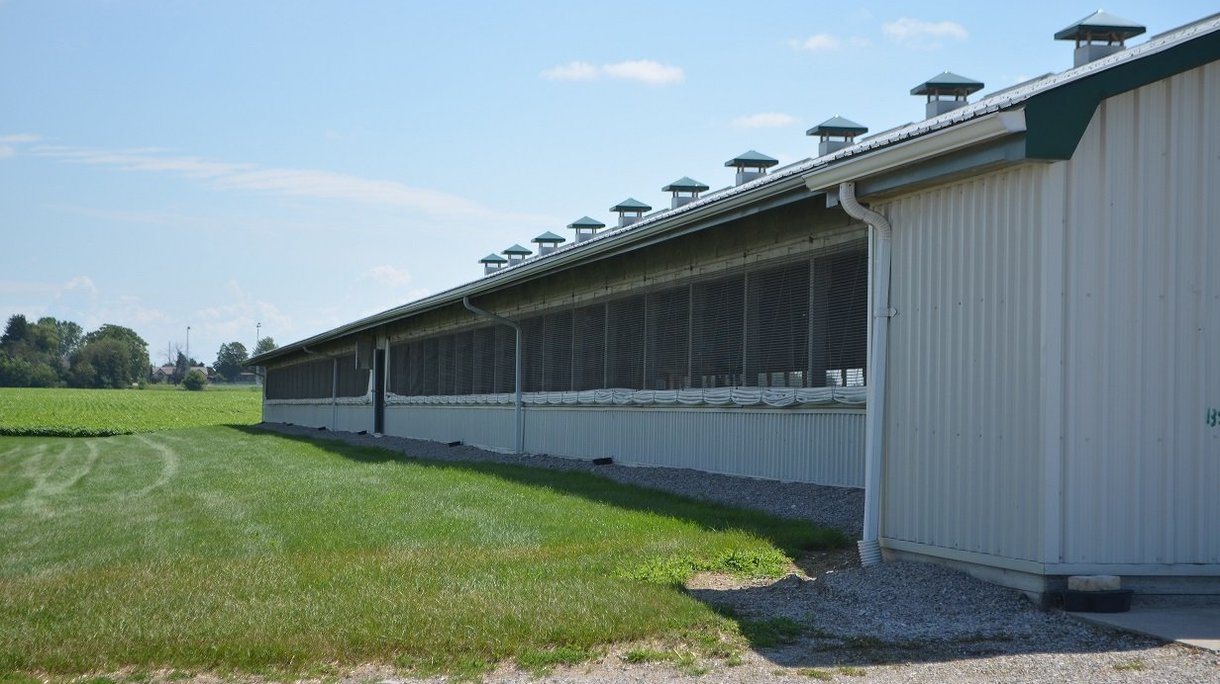
Published on Sept. 7, 2022
Rodent control and baiting techniques
With the change of seasons from warm weather to cooler temperatures, outdoor pests are looking to find somewhere warm to hide out from the cold winter approaching. Rodent control on the farm is essential to keeping your flocks healthy and disease free. Read on to learn about rodent baiting and how to keep your barn free of pests this winter.
Rodent control programs and baiting techniques are often not as vigorous as the problem demands. Rodents are nocturnal and because of this, poultry growers are sometimes not fully aware of the severity of an infestation. A rodent control program must be thorough and constantly maintained to effectively control the situation. Fully protecting your poultry house involves a four-step process that includes sanitation, rodent-proof construction, population reduction, and evaluation.
Sanitation
Sanitation is important to preventing and removing rodent infestations. Simple housekeeping practices help to deter and deny rodents access to the resources they need to survive. If shelter and nesting sites are provided, rodents will gladly accept the invitation and move in. However, a clean, well-maintained operation exposes rodents to predators and exposes their activities to you.
Remove all trash and clutter from around the houses. Ensure all weeds and grass are mowed and consistently maintain at least a 3-foot space of clearance around the perimeter of the poultry house. Clean up feed spills inside and outside the facility quickly. Ensuring a high standard of cleanliness will help deter these critters from making your poultry barn their new home.

Population reduction
A wide variety of rodenticides are available. In most situations, ready-to-use commercial baits are the preferred, easy choice over mix-your-own baits. Placement of bait stations vary with the condition of the barn and levels of rodent activity. 50-75 feet (15.24 -22.86 m) and by the entryway is a good range to consider. Below is a list of rodenticide types that could be a solution for keeping your poultry house rodent-free.

The best bait programs involve the rotation of active ingredients with soft and hard baits. This method promotes better results and reduces the chances of bait avoidance. Below is an example of a bait rotation schedule.

All rodenticides are poisonous at various levels for poultry, livestock, nontarget wildlife, and humans. Always exercise caution when using and strictly follow the manufacturer’s instructions and warnings.
Evaluation
Stations should be inspected monthly, although the frequency varies on rodent pressure and surroundings. For example, during harvest it is good to increase the frequency as rodents flee from fields looking for a new home. Inside the barns, consider placing mechanical traps in the entryway and attic as well as storage, and maintenance rooms.
Upon evaluation, if your rodent control and baiting techniques fail there could be many factors to consider. Possible reasons include having too few bait stations with too short of an exposure time, and insufficient or wrong bait choice for your poultry house.
Summary
Maintaining a consistent rodent control program that includes sanitation, rodent-proofing, population reduction, and evaluation is critical to every poultry farm’s biosecurity and overall management program.
Having a strong rodent control program and good biosecurity measures can help keep your barn free of rodents. Following these steps will go a long way in protecting your farm against rodents as well as keeping your birds healthy. For more information on rodent control, please visit our online resources for more detailed information on managing external risks.


